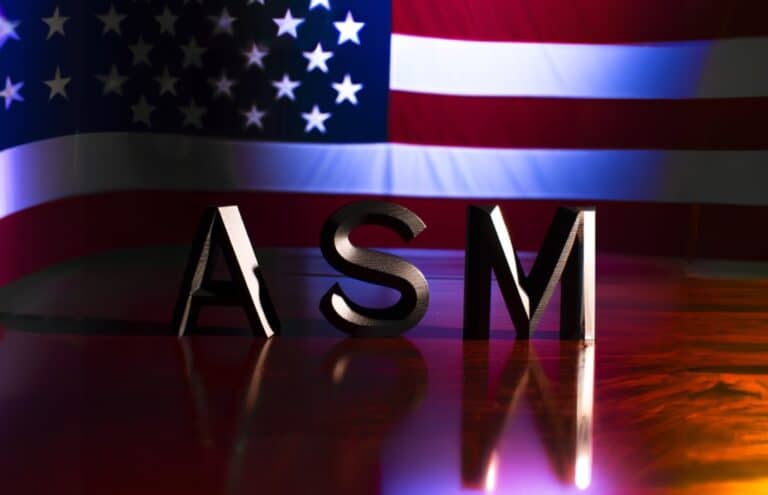ASM (formerly ASMI) has big plans for a new research campus in Phoenix, Arizona. With the help of US investment, it wants to grow to employ 1,200 in its new campus, a significant increase from the current number of staff at 800.
The investment of around 300 million euros was announced in the presence of outgoing Dutch PM Mark Rutte and outgoing Minister of Economic Affairs Micky Adriaansens, who are in America on a trade mission with about 30 chip companies from the Benelux.
ASM’s activities are already relatively limited in the Netherlands at present, even though its headquarters are in the Dutch city of Almere. With only 200 employees, it’s a small fraction of the approximately 4,500 that ASM has worldwide, as reported by the FD. The company produces tools that apply a thin layer to wafers of silicon so that the final chips can conduct electricity. Its importance in the overall chip process means it achieved an annual revenue of 2.5 billion euros in 2022. This makes it the third most valuable chip company in the Netherlands, behind only ASML and NXP.
One Chips Act is not quite like the other
ASM’s decision to invest further in the US was relatively straight-forward. After all, the US has the personnel needed to do the job, which in Europe is only possible when supplied with room for immigration. In a recent interview, outgoing Minister Adriaansens therefore stated that the business climate in the Netherlands must be maintained. ASM-CEO Benjamin Loh also expressed his concerns about further investments in the Netherlands. Apparently there are still plans on the table for an expansion in Europe, but for the time being, that hasn’t materialized in any meaningful way. For one, it’s unclear in what country such an expansion would take place.
Read also: European Chips Act is now in force: what does it mean?
Crucial to these choices are the US CHIPS Act and its European counterpart, known simply as the European Chips Act in daily parlance. At first glance, these investment projects seem similar, but plans from the US are said to be more concrete and pose fewer obstacles. In short, companies generally consider it more likely that they’ll receive the green light from Washington rather than from Brussels. However, earlier this year it became apparent that US investment can take a very long time to arrive, so it’s not as if the implementation of the CHIPS Act across the pond is trouble-free.
Regardless, Phoenix, Arizona is a popular destination for new chip production plans. This location can already count on new sites from chip giants TSMC and Intel. Despite having various pull factors in terms of workforce and financial boosts, there are setbacks here as well. For example, TSMC had to postpone its own construction project to 2025 due to a lack of engineers capable of installing its various complex tools in the new facility.
A three-sided chip war? Not really
The example of ASM shows that Europe can’t easily count on the continent’s current participation in global chip production chain. Although ASML and ASM, among others, show that Europe plays a crucial role in several areas, they are inherently international success stories. While talents repeatedly reach Europe through technical universities and/or chip companies, the work of chip makers, like other international players, takes place all over the globe: in America, Taiwan, Singapore and South Korea, to list some prominent examples. In doing so, like other tech players, these companies rely heavily on global relationships: Nvidia, ASML, AMD, Intel and Seagate have all had to curtail their trade with China. In the case of Nvidia and Seagate, they were even taken to task for (wanting to) circumvent export restrictions.
It shows that the so-called “chip war” often referred to by international media is not a simple three-way battle between Europe, the US and China. It’s mostly about the US hoping to curb China’s development in chip production, with varying degrees of success. It has driven Nvidia CEO Jensen Huang to argue that China’s Huawei will become a serious competitor.
Meanwhile, Europe’s role in this is fundamentally different. Indeed, it has, on paper, a bunch of giant players and a lot of control over them, but ASM shows that that is a far too simplistic view. Chip companies are moving to where the opportunities are; that seems to be outside Europe more often than it is inside.
Read also: Chip companies try to secure money from the European Chips Act
